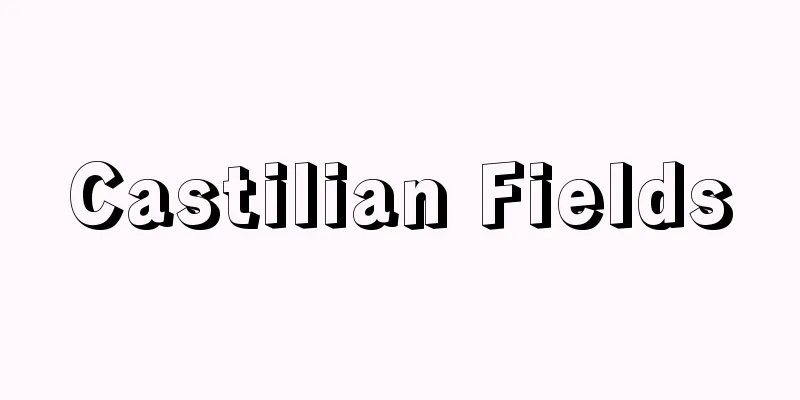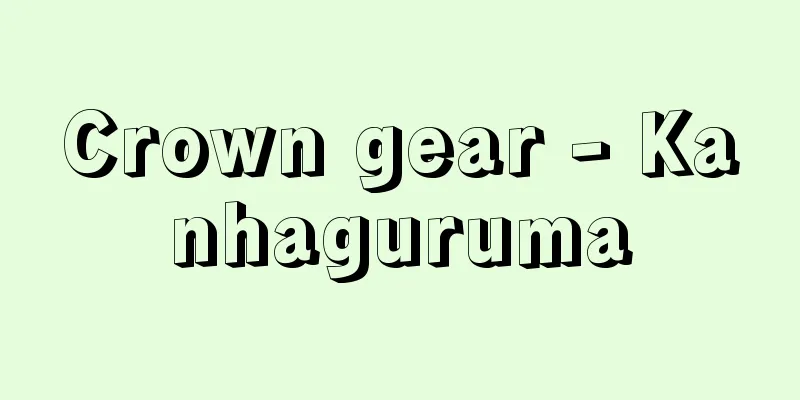Outdoor market - Rojo

|
An outdoor location where meteorological observation instruments such as rain gauges and Stevenson screens are set up. It was named so because the sensor of the measuring instrument is exposed to the air. To obtain good observation values, the site should be set up on flat, well-drained ground with few obstacles such as land objects, buildings, or trees. The site size should be at least 600 square meters for meteorological observatories and weather stations, but depending on the surrounding area and the type and number of instruments to be set up, a smaller site can be used without much trouble. It is difficult to create an ideal site in urban areas where buildings are densely packed. If it is unavoidable to set up on the roof, great care must be taken. Reflection from the concrete and exhaust from inside the building can affect the temperature, and the updrafts and vortexes caused by the buildings can make it difficult for raindrops and snowflakes to reach the rain gauge. In places where school buildings are lined up, such as a school, it is not appropriate to set up the site between the school buildings. Choose a site as far away from the school buildings as possible, such as the edge of a playground. In the weather station's outdoor field, various instruments are set up, such as Stevenson screens, shelters for remote thermometers and hygrometers, rain gauges, snow gauges, rain gauges, snow scales, snow boards, sunshine meters, pyranometers, and evaporation meters. If there is a building nearby, the outdoor field should be on the south side of the building to prevent the building from blocking sunlight and solar radiation. The instruments should be placed so that they do not get in the way of each other or affect the measurements. For this reason, the shape of the outdoor field should be a rectangle close to a square, or a circle. If the field is not very large, first determine the positions of the rain gauge and wind direction and speed gauge, which are easily affected by their surroundings, and the sunshine gauge, which is not in the shade of the sun. The influence of shade and sunlight on temperature is not large. A fence should be built around the field to prevent dogs and other unwanted people from entering. A rough wire mesh allows for good ventilation. Planting grass not only prevents rain from splashing back, but also adds to the aesthetic appeal. To use remote sensing equipment, it is a good idea to bury a trough for the cable beforehand. Also, outdoor lights are useful for nighttime observations. [Takeji Shinohara] [Reference] |Source: Shogakukan Encyclopedia Nipponica About Encyclopedia Nipponica Information | Legend |
|
雨量計や百葉箱など、気象観測用の測器をセットする屋外の場所。測定器械の感部を大気に露出する意味で、このように名づけられたのであろう。よい観測値を得るには、地物、建物、樹木などの障害物が少ない、水はけのよい平坦(へいたん)地に露場をつくる。広さは、気象台や測候所では600平方メートル以上とされているが、周囲が広々としている場所や設置する測器の種類や数によっては、もっと狭くても支障は少ない。都会で建物が密集している所では、理想的な露場をつくるのはむずかしい。やむをえず屋上に設ける際は、十分な注意が必要である。コンクリートからの照り返しや屋内からの排気が気温に影響したり、建物による吹き上げ気流や渦のため、雨量計に雨滴や雪片が入りにくくなることがある。学校のように校舎が並んでいる所では、校舎の間に露場を置くのは適当でない。なるべく校舎から離し、運動場の端などを選ぶ。気象官署の露場には、百葉箱や隔測温湿度計のシェルター、雨量計、雪量計、降雨計、雪尺(ゆきしゃく)、雪板、日照計、日射計、蒸発計などさまざまな測器がセットされる。日照や日射が建物で遮られないよう、近くに建物があるときは露場はその南側とする。取り付ける測器は、互いにじゃまになったり測定値に影響を与えないよう配置する。このためには、露場の形は正方形に近い長方形か、円形が都合がよい。あまり広くないときは、周りの影響を受けやすい雨量計や風向風速計と、太陽の陰にならない日照計の位置をまず決める。気温への陰と日なたの影響は大きくない。犬などや無用の人が入らないよう、周りに柵(さく)をつくる。粗い金網にすれば風通しがよい。芝草を植えると雨の跳ね返りを防ぐばかりでなく、美観にも役だつ。遠隔測器を使用するには、あらかじめケーブル用のトラフ(樋(とい))を埋めておくのがよい。また夜間観測には、屋外灯があると便利である。 [篠原武次] [参照項目] |出典 小学館 日本大百科全書(ニッポニカ)日本大百科全書(ニッポニカ)について 情報 | 凡例 |
Recommend
Lusitania (passenger ship) (English name) Lusitania
…It was a four-shaft ship with a length of 231.6m...
Alhazen
…Latin name Alhazen. A physicist who excelled in ...
Fornax (Furnace)
Its abbreviation is For. A small constellation in ...
Imari blue and white porcelain
...The early works are also considered to be in t...
Ogojo - Ogojo
...The Gojo Kesa is worn from the right armpit, w...
Jail - Rōya
A place for detaining prisoners who have not yet b...
chemiluminescence analysis
...Atomic absorption spectrometry is suitable for...
OP Magnet - OP Magnet
...Microparticle magnets utilize the large coerci...
Nasir al-Din al-Toushi
1201‐74 Iranian Twelver theologian, philosopher, a...
Lament - Aishoka
A song mourning the death of one person. 2. It is ...
Ishikawajima Jikkyo Union - Ishikawajima Jikkyo Union
...a nationalistic labor movement that was the fo...
normal strain
…( d - d 0 )/ d 0 is called the transverse strain...
social caseworker
…Abbreviation for social caseworker. Social casew...
Early English Style
...However, France took the lead in the developme...
Botan shrimp - Botan shrimp (English spelling)
A shrimp belonging to the family Palaemonidae, or...









